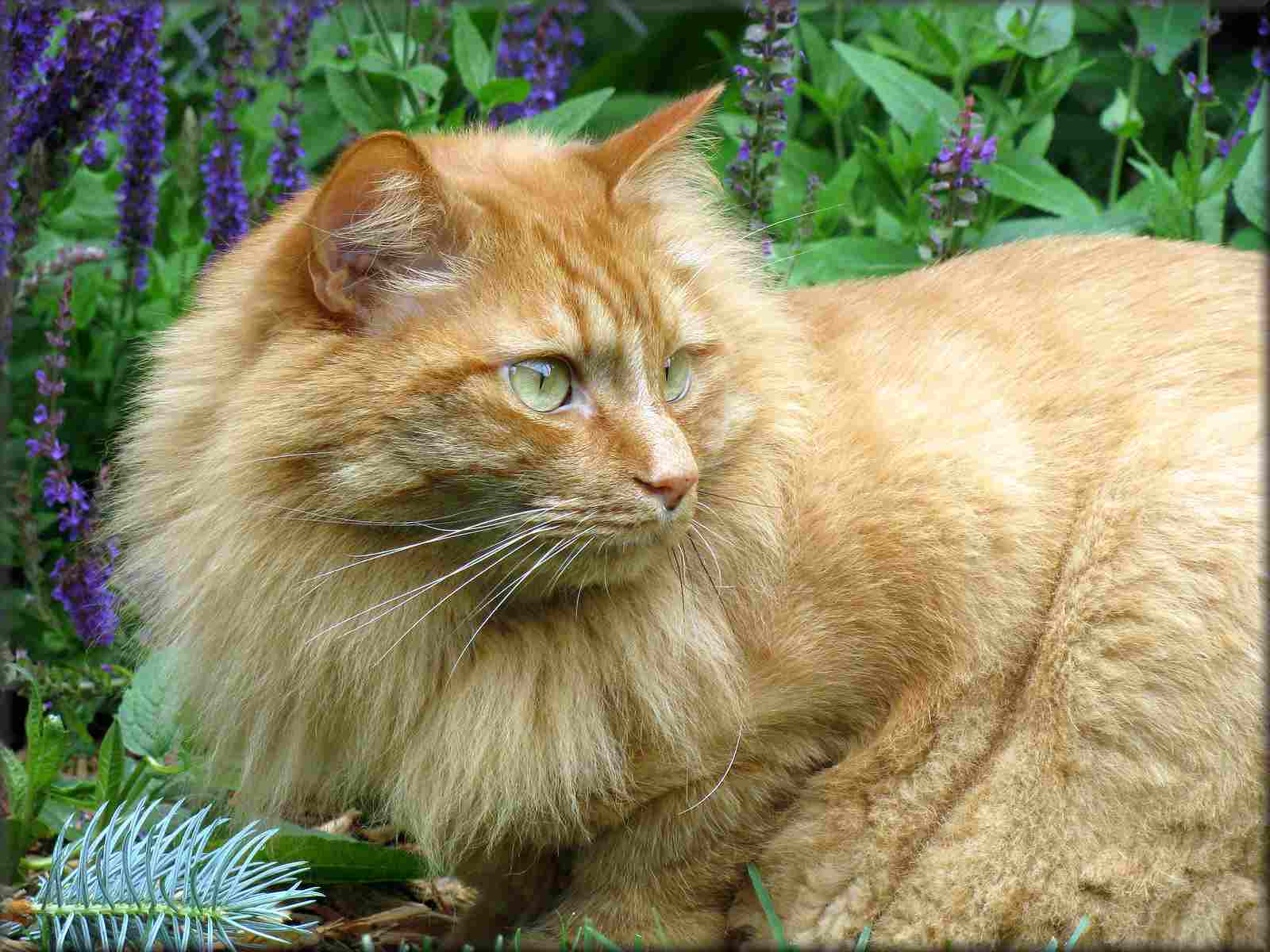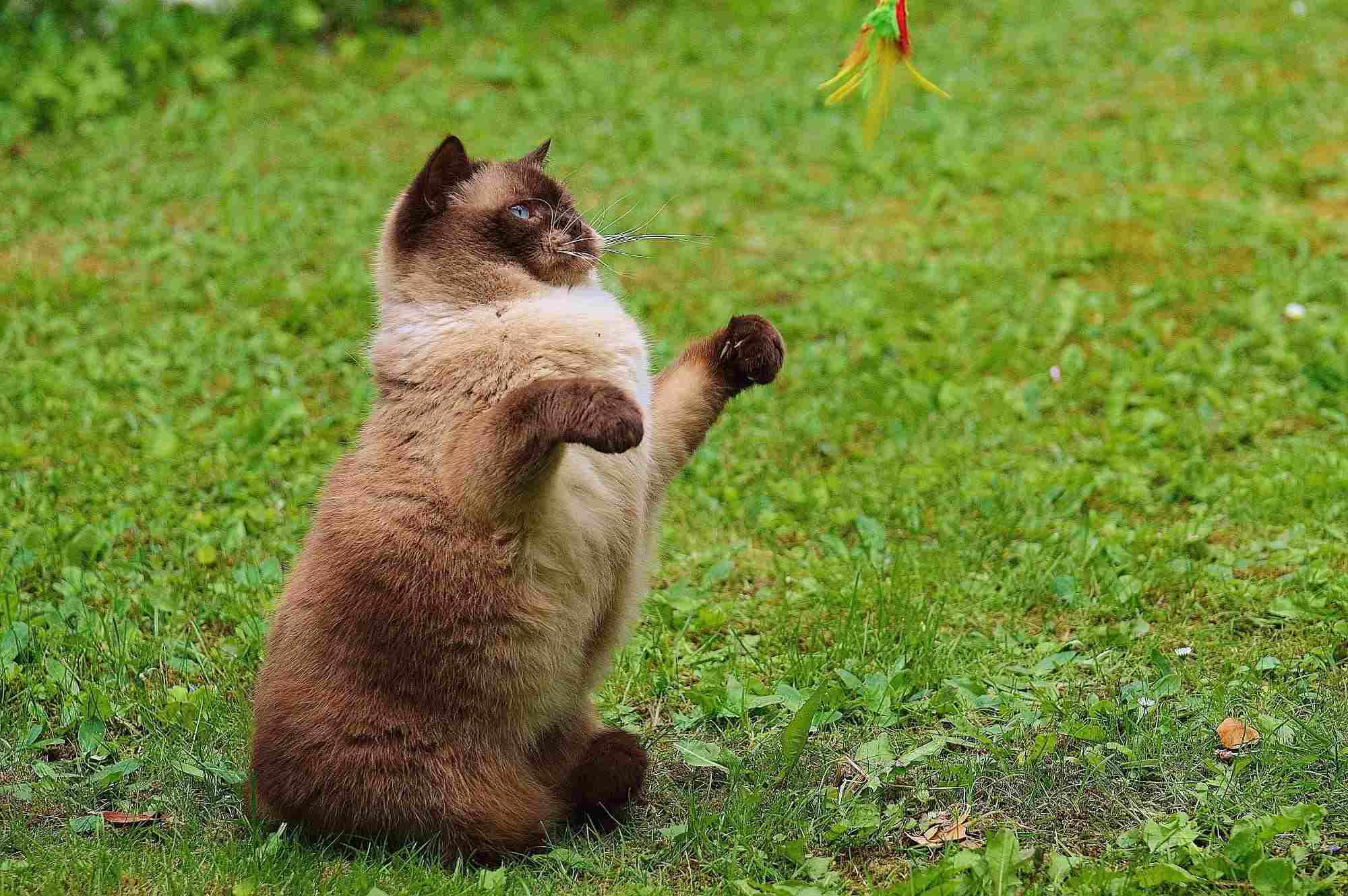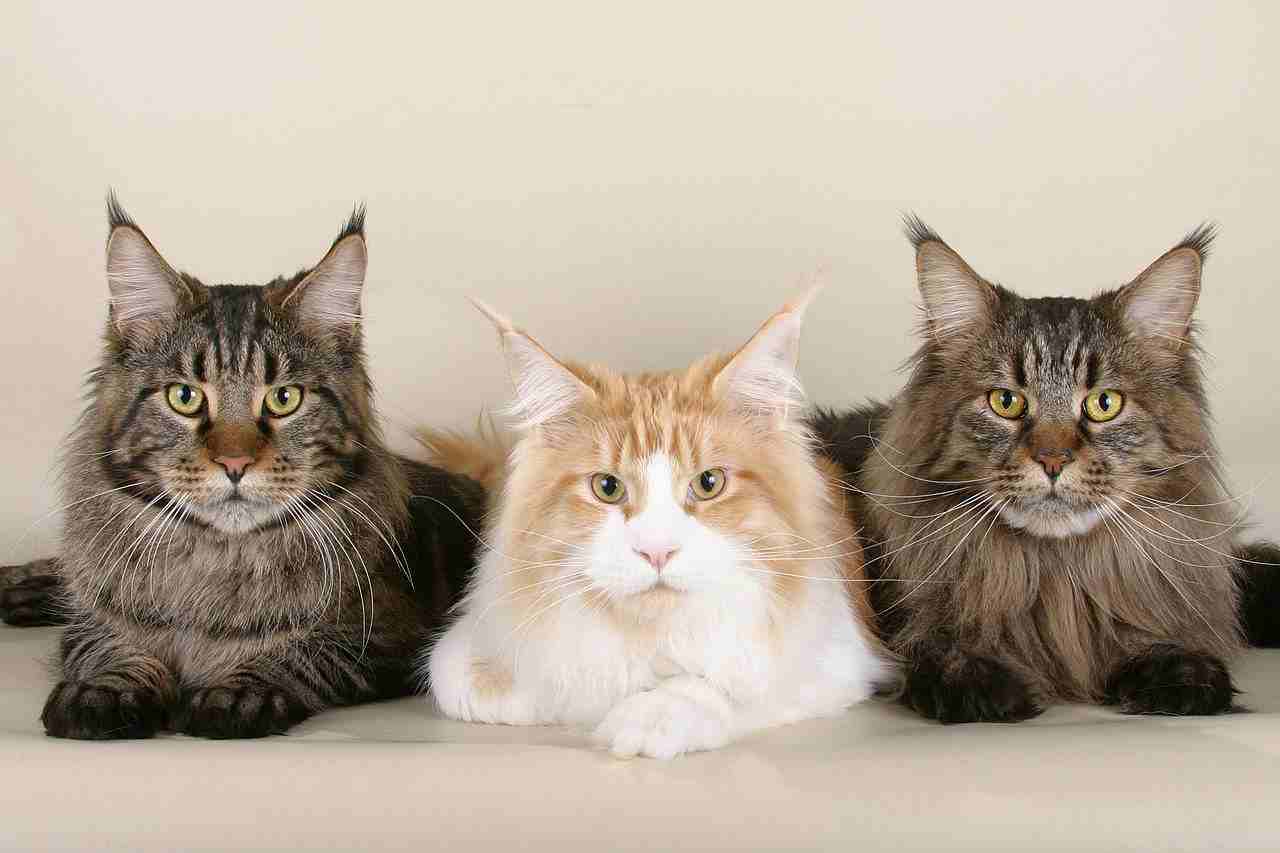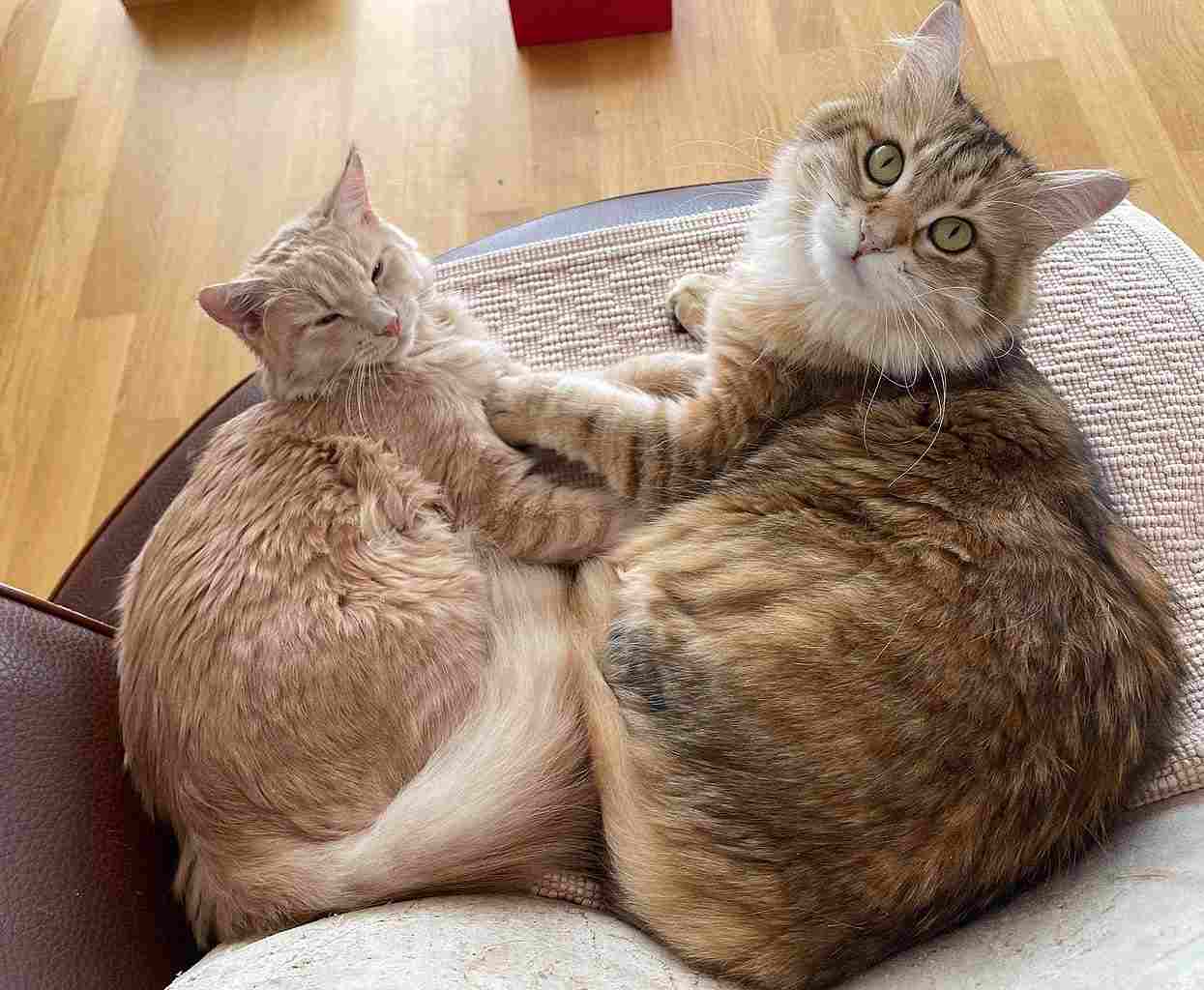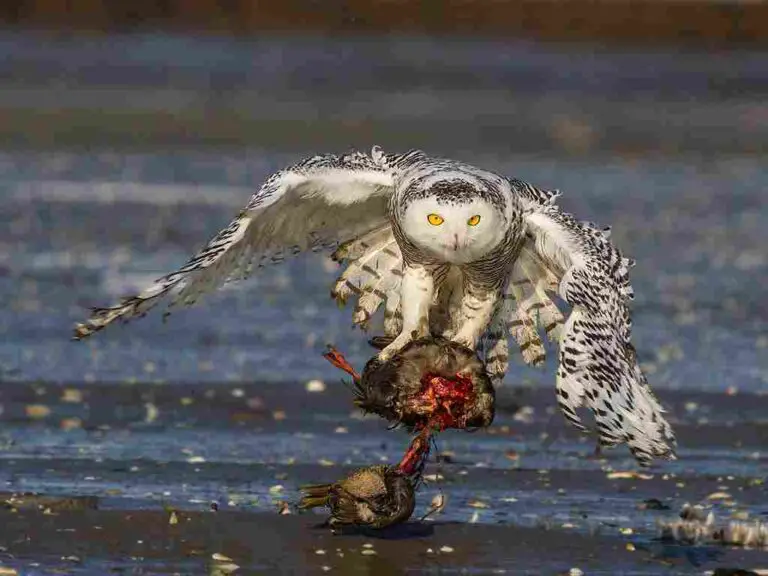Birman Cat Vs Ragdoll Size, Weight, Overall Comparison
Exploring the nuances between the Birman Cat and Ragdoll unveils distinctive characteristics in their physical appearance, temperament, and market pricing. The Birman, with its wedge-shaped head and point-colored fur, stands in contrast to the Ragdoll’s rounded head and non-point colored dark fur areas. Beyond aesthetics, variations in fur texture, temperament, and size contribute to the unique charm of each feline companion.
Birman Cat vs Ragdoll: Unveiling Feline Contrasts
I. Head Shape and Fur Coloration:
– The Birman Cat boasts a wedge-shaped head and point-colored fur, featuring darker areas on the face, limbs, tail, and ears. In contrast, the Ragdoll exhibits a rounded head with dark fur areas that lack the distinct point-colored pattern found in Birmans.
II. Fur Texture:
– Birmans are characterized by silky fur, adding to their elegant appearance. Ragdolls, on the other hand, showcase plushy fur, contributing to their soft and cuddly appeal.

III. Temperament:
– Birmans are known for their more playful temperament as pets, fostering engaging interactions with their owners. Ragdolls, while friendly, tend to be more independent, providing a balanced companionship experience.
IV. Size and Weight:
– Typically, Birmans are larger and heavier than Ragdolls. In a hypothetical confrontation, the Birman’s size advantage could position it as the likely victor over the Ragdoll.
V. Price Range:
– The pricing dynamics between Birmans and Ragdolls vary. Birmans are generally available at a lower price range, ranging from over $500 to over $3000. In contrast, Ragdolls tend to command a higher price, ranging from over $500 to over $3800, reflecting differences in demand and perceived value.
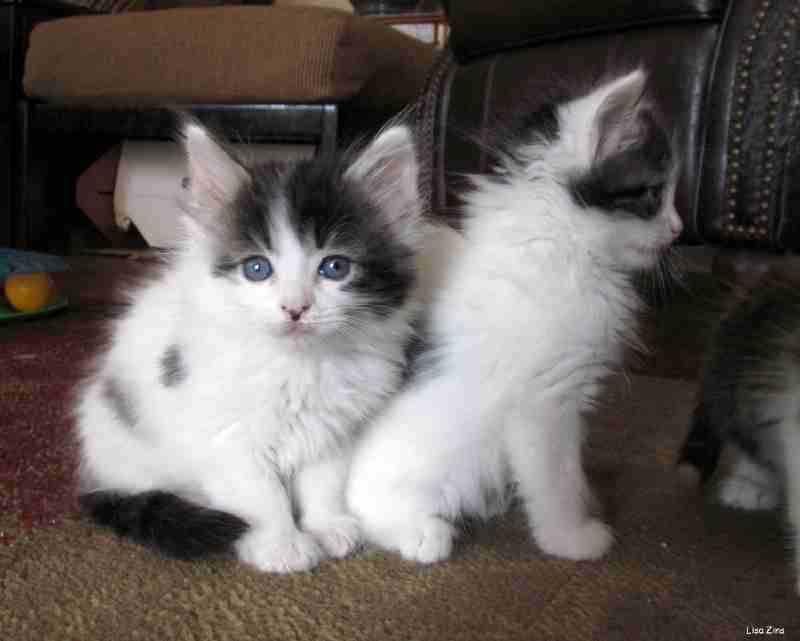
VI. Recognizing Unique Appeal:
– Prospective cat owners must consider the unique aesthetic features, temperament, and size differences between Birmans and Ragdolls to select a feline companion that aligns with their preferences and lifestyle.
VII. Fostering Harmonious Companionship:
– Understanding the distinctions between the Birman Cat and Ragdoll enhances the potential for fostering a harmonious and enjoyable companionship, tailored to the preferences and expectations of cat enthusiasts.
*Details of Comparison
| Criteria | Birman Cat | Ragdoll Cat |
| Taxonomy | Felidae, Felis catus |
Felidae, Felis catus
|
| Appearance | Sleek, medium-sized, color-point pattern |
Larger, variations in fur patterns
|
| Size | 18-22 inches | 17-21 inches |
| Weight | 6-16 pounds | 10-20 pounds |
| Bite Force (PSI) | 50-70 PSI | 50-70 PSI |
| Offensive Advantages | Agility, swift movements |
Strength, coordination
|
| Defensive Advantages | Agility, camouflage |
Size, docile temperament
|
| Speed | ~30 mph | ~25 mph |
| Agility | High agility, precise movements |
Good agility, may lack precision
|
| Senses | Acute vision, hearing, whisker sensitivity |
Strong visual perception, hearing
|
| Overall Physical Capacity | Agile, well-balanced |
Robust build, strength, agility
|
| Habitat Preference(s) | Adaptable, possibly inclined to outdoor exploration |
Well-suited to indoor living, enjoys outdoor spaces
|
| Tracks | Medium-sized, oval with retractable claws |
Larger prints with rounded edges
|
| Lifespan | 12-16 years | 12-17 years |
| Mode of Feeding | Carnivorous, may exhibit hunting |
Carnivorous, not as avid hunters
|
| Intelligence | Intelligent, quick learners |
Generally intelligent, calm nature
|
| Social Behavior | Sociable, forms strong bonds |
Sociable, relaxed and affectionate
|
| Reproduction | Sexual reproduction, 63-65 days gestation |
Sexual reproduction, 63-65 days gestation
|
| Parental Behavior | Attentive, nurturing |
Gentle, forms strong bonds
|
| Proximity to Human-Inhabited Areas | Comfortable in human homes |
Well-adapted to indoor living
|
| Behavior Toward Humans | Affectionate, enjoys interaction |
Docile, known for loyalty and affection
|
| Danger Posed to Humans | Generally low danger |
Low danger, unlikely aggression
|
| Associated Precautions | Regular veterinary care, safe environment |
Similar precautions as Birmans
|
| Conservation Status | Not endangered, focus on responsible breeding |
Not endangered, emphasis on responsible breeding
|
| Conclusion | Similarities: Domestication, affectionate behavior, low danger |
Differences: Size, appearance, agility, and ecological adaptations. Responsible pet ownership and conservation efforts are crucial.
|
Key Points
- Both Birmans and Ragdolls share similarities in domestication, affectionate behavior, and low danger to humans.
- Differences include variations in size, appearance, agility, and potential ecological adaptations.
- Responsible pet ownership and conservation efforts are essential for both breeds.
1. Taxonomy
Birman Cat (Felis catus)
Kingdom: Animalia
Phylum: Chordata
Class: Mammalia
Order: Carnivora
Family: Felidae
Genus: Felis
Species: F. catus
Ragdoll Cat (Felis catus)
Kingdom: Animalia
Phylum: Chordata
Class: Mammalia
Order: Carnivora
Family: Felidae
Genus: Felis
Species: F. catus
2. Appearance

Birman Cat:
Silky semi-long fur, typically cream or fawn with darker points (ears, face, paws, and tail).
Striking blue almond-shaped eyes.
Strong, medium-sized body with a distinctive color-point pattern.
Ragdoll Cat:
Semi-long fur, color-point pattern, often with variations like bi-color or mitted.
Large, expressive blue eyes.
Robust build with a semi-cobby body structure.
Comparison: While both exhibit color-point patterns and striking blue eyes, Birmans are generally smaller and have a sleeker appearance compared to the more robust Ragdoll.
Ecological Implications: Their distinctive appearances may contribute to their adaptability in different environments, influencing their survival strategies in diverse ecological niches.
3. Size
Birman Cat:
Medium-sized cat with a muscular build.
Average length ranging from 18 to 22 inches (45 to 55 cm).
Ragdoll Cat:
Larger cat breed with a semi-cobby build.
Length typically ranges from 17 to 21 inches (43 to 53 cm).
Comparison: Ragdolls tend to be larger and more robust compared to Birmans, potentially affecting their ecological roles and resource requirements in their habitats.
Ecological Implications: Size differences may impact their role in ecosystems, affecting interactions with prey, predators, and competitors.
4. Weight
Birman Cat:
Weight typically ranges from 6 to 16 pounds (2.7 to 7.3 kg).
Ragdoll Cat:
Heavier breed with weight ranging from 10 to 20 pounds (4.5 to 9 kg).
Comparison: Ragdolls generally have a higher weight range compared to Birmans, influencing factors such as resource utilization and competition in their ecological niches.
Ecological Implications: Weight variations can impact energy requirements, hunting strategies, and overall ecological roles within their respective habitats.
5. Bite Force (PSI)
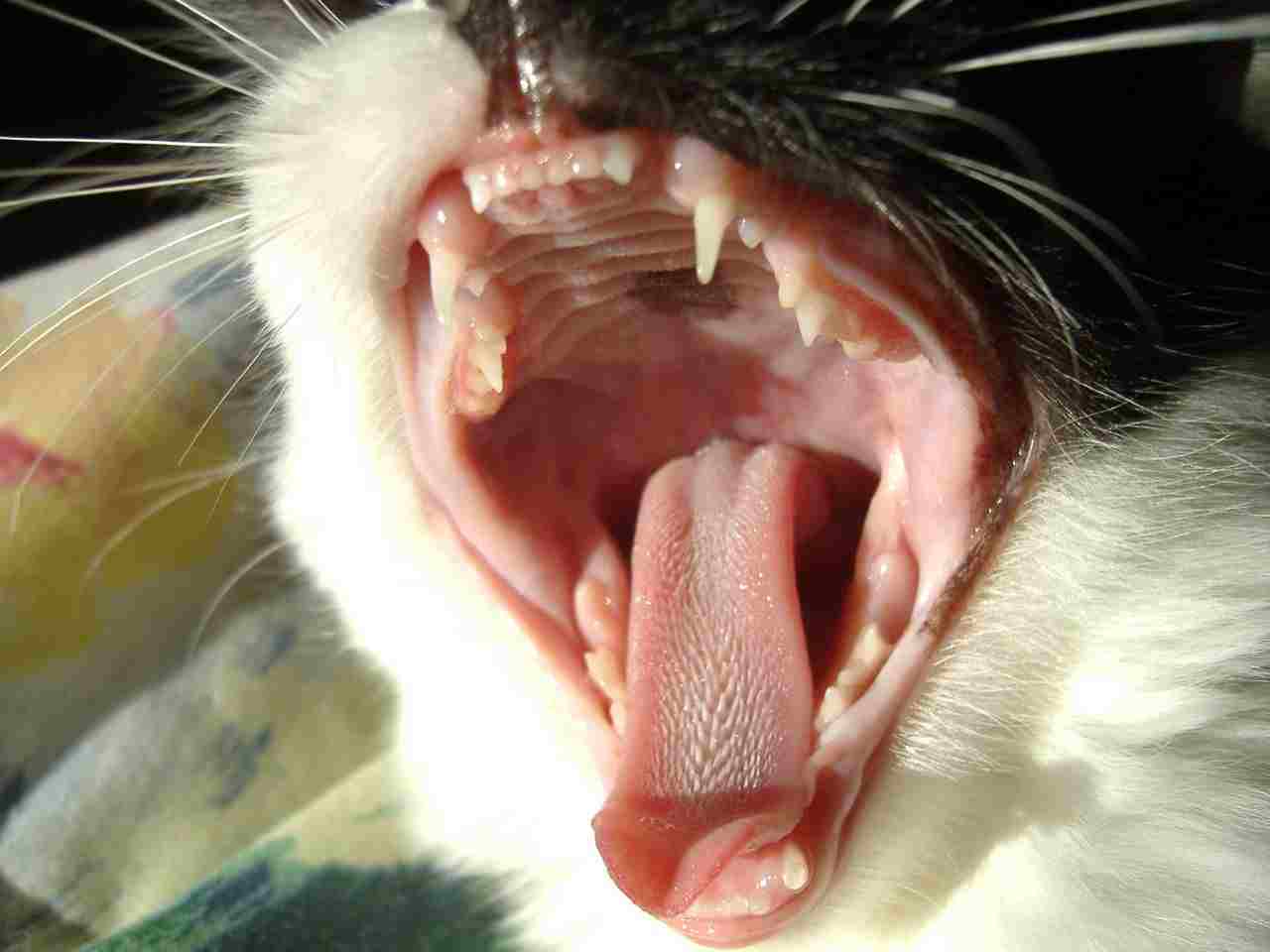
Birman Cat:
Average bite force of around 50 to 70 PSI (pounds per square inch).
Ragdoll Cat:
Similar bite force to Birmans, averaging around 50 to 70 PSI.
Comparison: Both breeds share a comparable bite force, suggesting similar adaptations for hunting and consuming prey.
Ecological Implications: Bite force is a crucial factor in hunting efficiency and prey selection, influencing their ecological roles in different environments.
6. Physical Offensive Advantages
Birman Cat:
Sharp retractable claws for efficient climbing and capturing prey.
Agile and swift movements enhance hunting capabilities.
Ragdoll Cat:
Strong, muscular body contributes to powerful pouncing and tackling.
Excellent coordination and agility for effective offensive maneuvers.
Comparison: While both possess offensive advantages, Birmans may excel in swift and precise movements, while Ragdolls rely on strength and coordination for effective offensive actions.
Ecological Implications: These offensive traits are crucial for hunting and survival, influencing their roles in ecosystems and interactions with prey species.
7. Physical Defensive Advantages
Birman Cat:
Agility and speed contribute to evasion from potential threats.
Camouflage provided by color-point fur aids in hiding from predators.
Ragdoll Cat:
Size and strength provide a defensive advantage against smaller predators.
Docile temperament may act as a defensive strategy by avoiding confrontations.
Comparison: Birmans may rely on agility and camouflage for defense, while Ragdolls use their size and temperament to avoid potential threats.
Ecological Implications: Defensive strategies impact their survival in different habitats, influencing interactions with predators and competitors.
8. Speed (Km/hour or Mile/hour)
Birman Cat:
Agile with a top speed of approximately 30 miles per hour (48 km/h).
Ragdoll Cat:
Moderately fast, reaching speeds of around 25 miles per hour (40 km/h).
Comparison: Birmans generally exhibit higher speed, potentially reflecting differences in hunting techniques and ecological roles.
Ecological Implications: Speed affects hunting success and evasion from predators, shaping their ecological niche and interactions in diverse environments.
9. Agility

Birman Cat:
High agility, characterized by quick and precise movements.
Well-adapted for climbing and navigating various terrains.
Ragdoll Cat:
Good agility, but may not match the level of precision seen in Birmans.
Adept at leaping and maneuvering in their environment.
Comparison: Birmans tend to display a higher level of agility, potentially influencing their hunting strategies and ecological roles.
Ecological Implications: Agility is crucial for accessing resources, evading threats, and adapting to diverse habitats, shaping their ecological impact.
10. Senses
Birman Cat:
Acute vision, particularly in low light conditions.
Well-developed hearing for detecting prey movements.
Highly sensitive whiskers aiding in navigation and sensing obstacles.
Ragdoll Cat:
Strong visual perception, especially in low light.
Excellent hearing for hunting and communication.
Whiskers play a role in spatial awareness.
Comparison: Both breeds have keen senses, with Birmans emphasizing whisker sensitivity, while Ragdolls focus on strong visual perception.
Ecological Implications: Sensory adaptations influence their hunting efficiency and awareness in their respective habitats.
11. Overall Physical Capacity
Birman Cat:
Agile, well-balanced, and adapted for climbing.
Swift and precise movements for effective hunting.
Ragdoll Cat:
Robust build with strength for tackling prey.
A combination of strength and agility for diverse physical activities.
Comparison: Birmans showcase agility, while Ragdolls emphasize strength, contributing to variations in their overall physical capacities.
Ecological Implications: Their physical capacities influence how they interact with their environment, impacting their roles in ecosystems.
12. Habitat Preference(s)
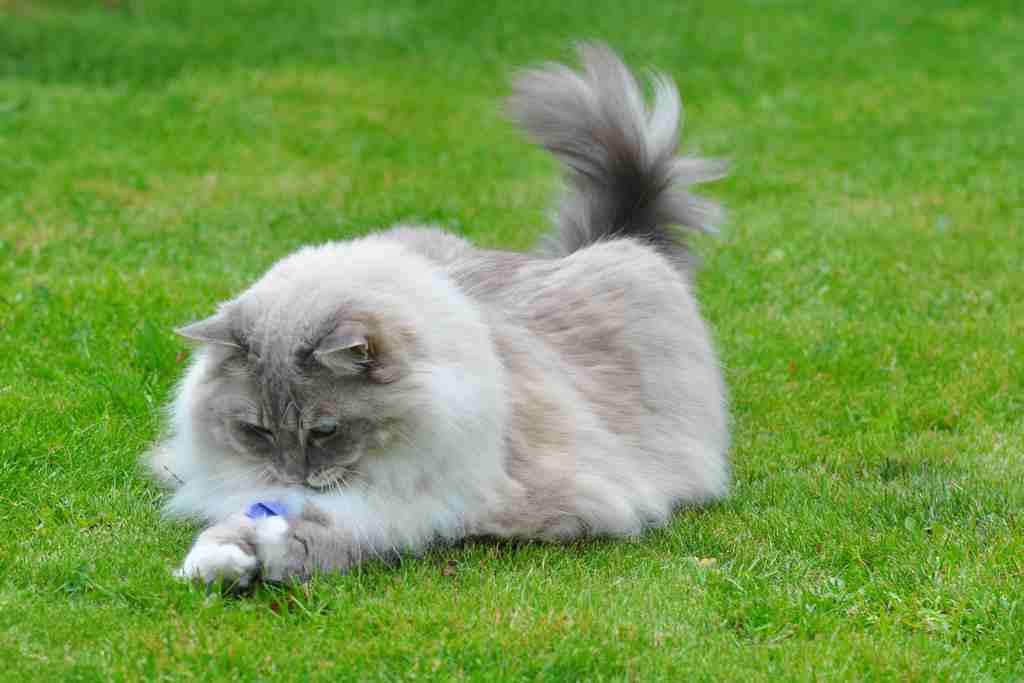
Birman Cat:
Adapted to diverse habitats, including homes, urban areas, and possibly wooded regions.
May thrive in environments with opportunities for climbing and exploring.
Ragdoll Cat:
Well-suited to indoor living but may enjoy access to secure outdoor spaces.
Prefers comfortable and cozy surroundings.
Comparison: Both breeds are adaptable, with Birmans potentially more inclined toward exploring diverse outdoor environments.
Ecological Implications: Habitat preferences affect their ecological impact and interactions with other species.
13. Tracks
Birman Cat:
Paw prints characterized by a medium-sized, oval shape with distinct claw marks.
Claw marks may be less prominent due to retractable claws.
Ragdoll Cat:
Larger paw prints with rounded edges and clear toe impressions.
Claw marks may be visible in prints.
Comparison: Paw prints differ in size and shape, reflecting variations in their foot anatomy and potential impact on tracking.
Ecological Implications: Tracking characteristics influence their presence and activities in natural habitats, contributing to ecological studies and conservation efforts.
14. Lifespan
Birman Cat:
Average lifespan ranges from 12 to 16 years.
Health and care can impact individual lifespans.
Ragdoll Cat:
Average lifespan typically falls between 12 to 17 years.
Proper healthcare and nutrition contribute to longevity.
Comparison: Both breeds have a relatively similar lifespan, with Ragdolls potentially having a slightly longer average lifespan.
Ecological Implications: Lifespan affects population dynamics and their role in maintaining ecological balances within their habitats.
15. Mode of Feeding

Birman Cat:
Carnivorous diet, primarily consisting of meat.
May hunt small prey but often relies on provided food.
Ragdoll Cat:
Carnivorous diet, with a preference for high-quality cat food.
Typically not as avid hunters as some other breeds.
Comparison: Both rely on a carnivorous diet, but Birmans may exhibit more hunting behavior than Ragdolls.
Ecological Implications: Feeding habits impact the local fauna and may influence the biodiversity of their habitats.
16. Intelligence
Birman Cat:
Intelligent and curious, quick learners.
Problem-solving abilities may vary among individuals.
Ragdoll Cat:
Generally intelligent with a calm and docile nature.
Adaptable to learning tricks and commands.
Comparison: Both breeds are intelligent, but Birmans may display more curiosity and problem-solving skills.
Ecological Implications: Intelligence plays a role in their ability to adapt to changing environmental conditions and challenges.
17. Social Behavior
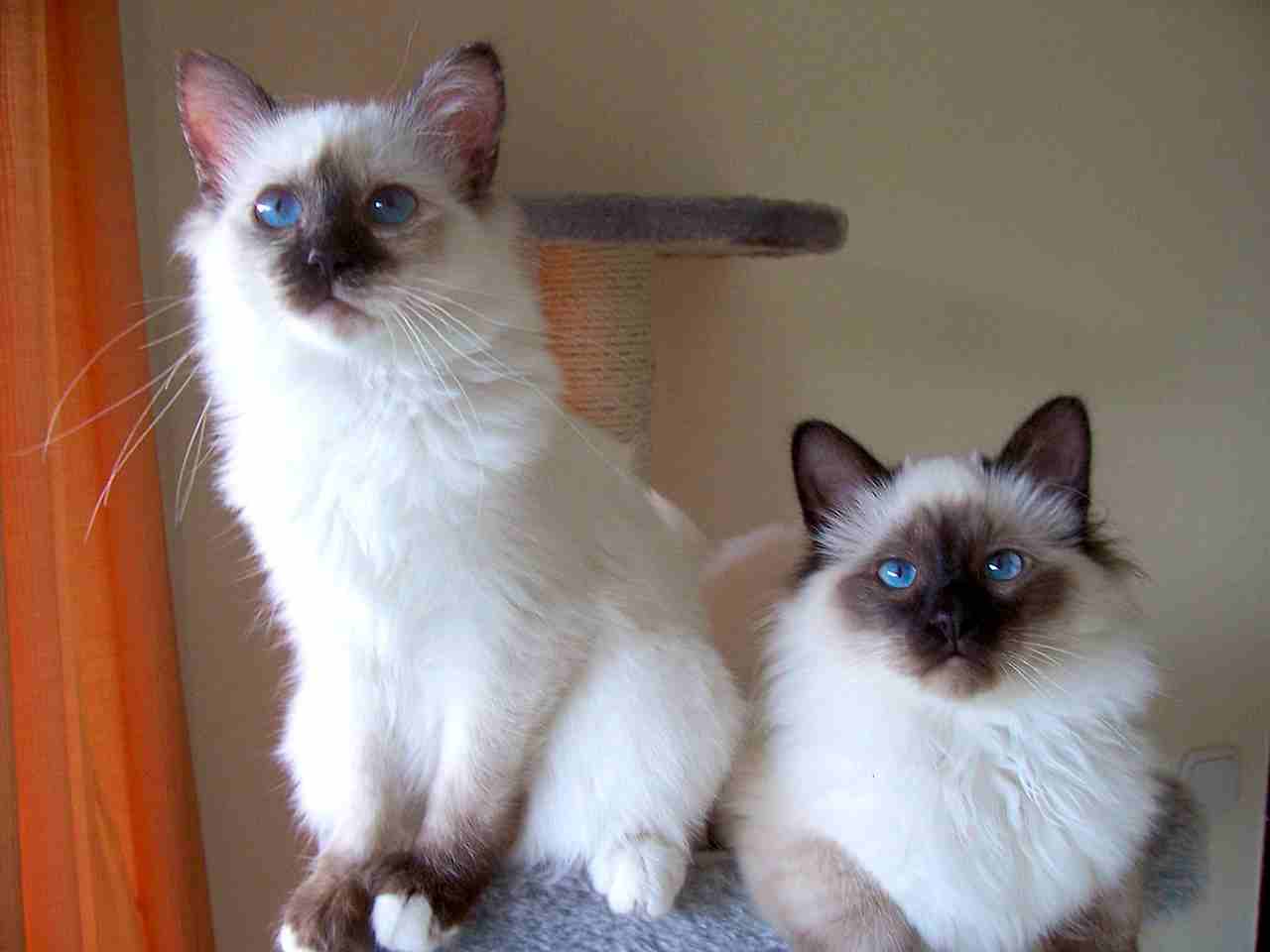
Birman Cat:
Sociable and enjoys human interaction.
Can get along with other pets but may have preferences.
Ragdoll Cat:
Known for their relaxed and sociable nature.
Often forms strong bonds with their human caregivers.
Comparison: Both breeds exhibit social behavior, with Ragdolls having a reputation for being particularly laid-back and affectionate.
Ecological Implications: Social behavior influences their interactions with other individuals, impacting their roles in group dynamics and potentially affecting local ecosystems.
18. Mode of Reproduction
Birman Cat:
Reproduces through sexual reproduction.
Typically has a gestation period of around 63-65 days.
Ragdoll Cat:
Also reproduces through sexual reproduction. is an average gestation period of around 63-65 days.
Comparison: Both breeds reproduce through similar modes, with no significant differences in reproductive strategies.
Ecological Implications: Reproductive strategies influence population dynamics, and understanding them is crucial for managing and conserving these species.
19. Parental Behavior
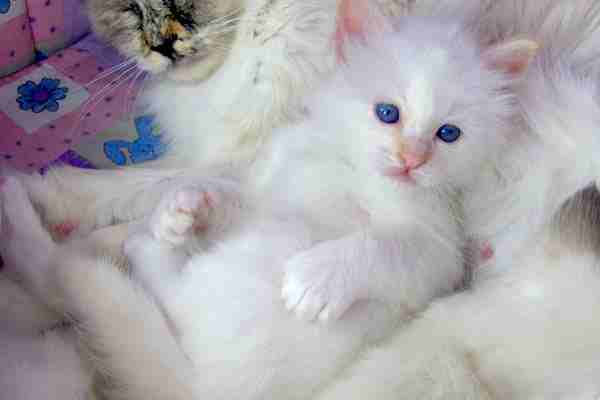
Birman Cat:
Typically exhibits attentive and nurturing parental behavior.
May actively participate in grooming and teaching offspring.
Ragdoll Cat:
Generally known for their gentle and nurturing approach as parents.
Often forms strong bonds with their kittens.
Comparison: Both breeds demonstrate caring parental behavior, contributing to the well-being and development of their offspring.
Ecological Implications: Parental behavior affects the survival and fitness of the next generation, influencing population dynamics in their natural habitats.
20. Proximity to Human-Inhabited Areas
Birman Cat:
Comfortable living in human homes and urban environments.
May seek human interaction and companionship.
Ragdoll Cat:
Well-adapted to indoor living in human households.
Enjoys being around people and forming strong bonds.
Comparison: Both breeds are domesticated and show a preference for living in proximity to human-inhabited areas.
Ecological Implications: Their affinity for human environments can influence their interactions with local ecosystems and other species.
21. Behavior Toward Humans
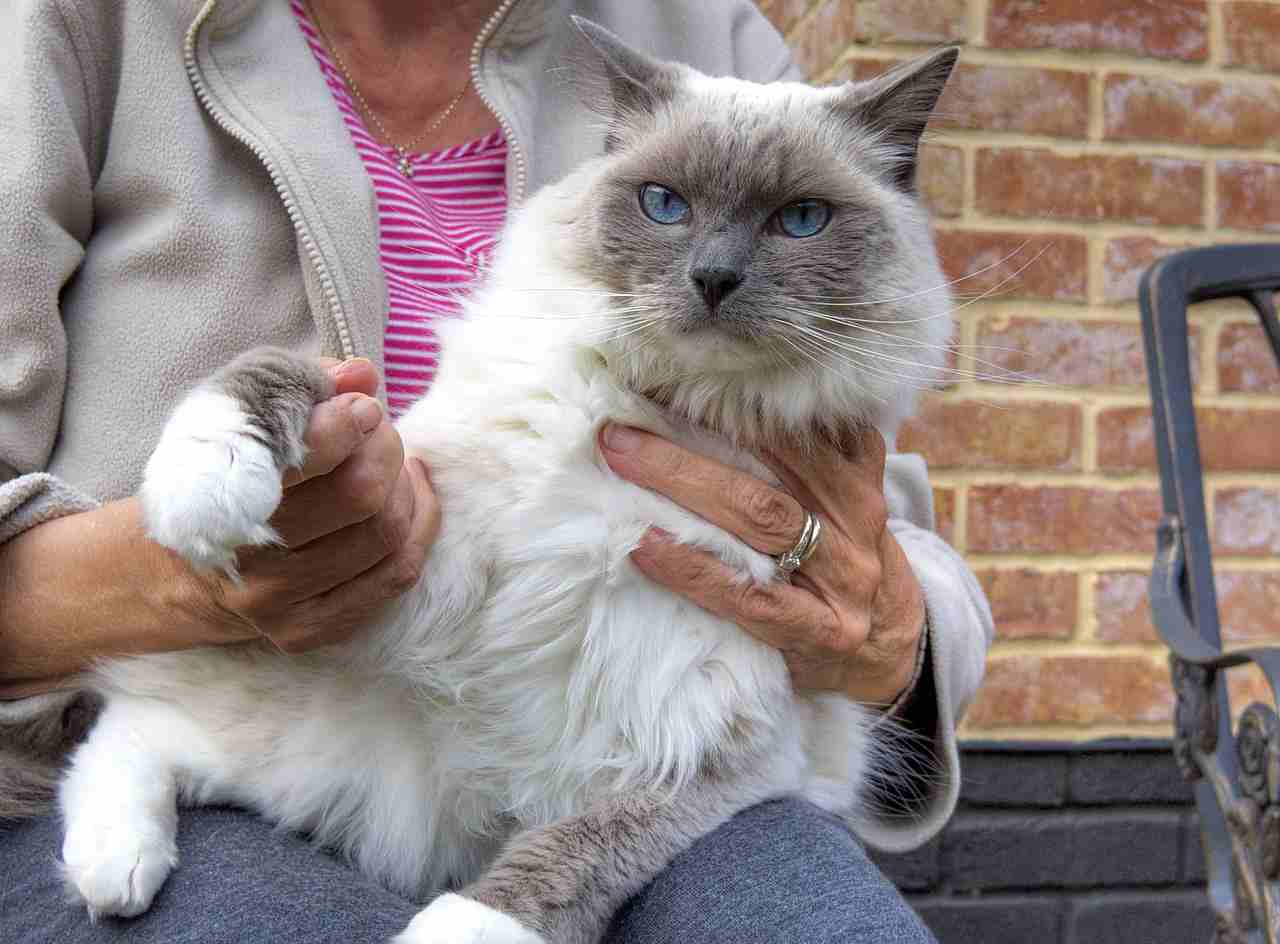
Birman Cat:
Affectionate and enjoys human interaction.
Can be social and form strong bonds with family members.
Ragdoll Cat:
Known for their docile and gentle nature with humans.
Often described as “puppy-like” for their loyalty and affection.
Comparison: Both breeds display friendly and affectionate behavior towards humans, making them popular choices as companion animals.
Ecological Implications: Behavior towards humans can impact the human-animal bond, influencing conservation efforts, and community attitudes toward these species.
22. Danger Posed to Humans
Birman Cat:
Generally poses no significant danger to humans.
May exhibit defensive behaviors if threatened but is not aggressive.
Ragdoll Cat:
Low danger to humans; known for their docile nature.
Unlikely to display aggressive behavior without provocation.
Comparison: Neither breed is known for posing a danger to humans, as both typically have gentle and non-aggressive temperaments.
Ecological Implications: Low danger to humans may positively impact the coexistence of these breeds in human-inhabited areas, fostering positive attitudes toward conservation.
23. Associated Precautions

Birman Cat:
Basic precautions include regular veterinary care and a safe environment.
Attention to their semi-long fur to prevent matting.
Ragdoll Cat:
Similar precautions as Birmans, including regular veterinary check-ups.
Careful grooming to maintain their semi-long coat.
Comparison: Precautions for both breeds involve standard care practices, focusing on health and grooming.
Ecological Implications: Responsible pet ownership and care practices contribute to the well-being of these domesticated species and potentially influence their impact on local ecosystems.
24. Conservation Status
Birman Cat:
Not listed as endangered; considered a domesticated breed.
Conservation efforts focus on responsible breeding and maintaining breed standards.
Ragdoll Cat:
Not listed as endangered; recognized as a domesticated breed.
Conservation efforts emphasize responsible breeding practices.
Comparison: Both breeds are not endangered, and conservation efforts primarily revolve around responsible breeding and promoting their well-being in domestic settings.
Ecological Implications: Conservation efforts for domesticated breeds contribute to maintaining genetic diversity within these populations, albeit in a controlled, human-influenced context.
Summary of Comparison
Taxonomy:
Both belong to the Felidae family, Felis genus, and Felis catus species.
Appearance:
Birmans have a sleek, medium-sized body with a color-point pattern and striking blue eyes.
Ragdolls are larger, with variations in fur patterns and expressive blue eyes.
Size:
Birmans are medium-sized, with an average length of 18-22 inches.
Ragdolls are larger, with a length typically ranging from 17-21 inches.
Weight:
Birmans weigh 6-16 pounds.
Ragdolls are heavier, ranging from 10-20 pounds.
Bite Force (PSI):
Both breeds have a similar bite force of around 50-70 PSI.
Physical Offensive Advantages:
Birmans emphasize agility and swift movements.
Ragdolls rely on strength and coordination for offensive maneuvers.
Physical Defensive Advantages:
Birmans use agility and camouflage.
Ragdolls rely on size and a docile temperament for defense.
Speed:
Birmans are faster, reaching approximately 30 mph.
Ragdolls have a speed of around 25 mph.
Agility:
Birmans display high agility with swift and precise movements.
Ragdolls exhibit good agility but may not match the precision of Birmans.
Senses:
Both breeds have acute vision and hearing, with Birmans emphasizing whisker sensitivity.
Overall Physical Capacity:
Birmans are agile and well-balanced.
Ragdolls have a robust build with strength and agility.
Habitat Preference(s):
Both breeds are adaptable, with Birmans potentially more inclined toward outdoor exploration.
Tracks:
Paw prints differ in size and shape, reflecting variations in foot anatomy.
Lifespan:
Both have a similar lifespan, with Ragdolls potentially having a slightly longer average lifespan.
Mode of Feeding:
Both are carnivores, with Birmans possibly exhibiting more hunting behavior.
Intelligence:
Both are intelligent, with Birmans showing more curiosity and problem-solving skills.
Social Behavior:
Both breeds are sociable and form strong bonds with humans.
Mode of Reproduction:
Both reproduce through sexual reproduction with a similar gestation period.
Parental Behavior:
Both exhibit caring and nurturing parental behavior.
Proximity to Human-Inhabited Areas:
Both are comfortable living in proximity to human environments.
Behavior Toward Humans:
Both breeds are affectionate and display friendly behavior toward humans.
Danger Posed to Humans:
Neither breed poses a significant danger to humans.
Associated Precautions:
Precautions for both breeds involve standard care practices.
Conservation Status:
Both breeds are not endangered, with conservation efforts focusing on responsible breeding.
Conclusion
-Similarities:
Both Birmans and Ragdolls share similarities in their domestication status, affectionate behavior toward humans, and low danger posed to humans.
-Differences:
Differences include variations in size, appearance, and potential ecological adaptations, with Birmans showcasing agility, while Ragdolls emphasize strength and a docile nature. Understanding these distinctions is crucial for responsible pet ownership and conservation efforts.

